(486) 08-14-2021-to-08-20-2021__****THE****WINDS****of****WAR****
(487) 08-21-2021-to-08-27-2021__****THE****WINDS****of****WAR****
(488) 08-28-2021-to-09-03-2021__****THE****WINDS****of****WAR****
-------------------------------
Hummm......
Posted for fair use.....

 www.koreatimes.co.kr
www.koreatimes.co.kr
Posted : 2021-09-04 09:00
Updated : 2021-09-04 09:24
Seoul nearing completion of massive ballistic missiles
Critics say ballistic missiles still not comparable to strategic nuclear weapons
By Jung Da-min
The military is seeking to develop massive ballistic missiles, which some believe hold the same destructive power as tactical nuclear weapons.
According to the Ministry of National Defense's mid-term defense plan for 2022 to 2026, announced Thursday, South Korea is planning to deploy a variety of surface-to-surface missiles with increased destructive power that can be launched from land or sea.
The ministry's latest five-year plan has raised expectations among military watchers that the ballistic missiles are expected to be deployed within the given period.
According to Yonhap News, the military has almost completed the development of a surface-to-surface ballistic missile that can carry a warhead with a weight of up to three tons, and is expected to determine the timing of its introduction to the military after a series of test launches.
While some military watchers say the massive ballistic missile will increase South Korea's arms competitiveness, bringing a similar effect to having strategic nuclear weapons, critics said such a ballistic missile, even if powerful enough to destroy underground facilities in North Korea, is still not comparable to a strategic nuclear weapon, thus leaving Seoul still vulnerable to Pyongyang's nuclear arsenal.
Shin Jong-woo, a senior researcher at the Korea Defense and Security Forum, said the development of ballistic missiles with heavier warheads was already underway and has been accelerated especially after a South Korea-U.S. summit in May, in which President Moon Jae-in and U.S. President Joe Biden agreed to terminate U.S. missile guidelines on South Korea that have long restricted Seoul's development of missiles.
Shin said ballistic missiles with heavier warheads would be able to destroy underground facilities, but deploying them is still not the same as deploying far more powerful strategic nuclear weapons.
"South Korea has been boosting its military budget and developing weapons including ballistic missiles, but it has not being effective in terms of costs, when nuclear weapons are much more powerful than others," Shin said.
Nevertheless, other military watchers said it is still important for the South to develop more powerful weapons to counter military threats from the North.
"Pyongyang has been urging the South to stop deploying more powerful weapons while saying it is a condition for dialogue, but unless it stops its nuclear development, Seoul is also urged to prepare for possible military threats from the North," said Moon Sung-mook, a senior researcher at the Korea Research Institute for National Strategy.
So far, the South's military and the state-run Agency for Defense Development have developed ballistic missiles, including the Hyunmoo-2A with a payload weight of 1.5 tons, the Hyunmoo-2B with a one-ton carrying capacity and the Hyunmoo-2C cruise missile capable of delivering a warhead weighing two tons.
If successfully developed, the new three-ton ballistic missile is expected to be able to penetrate tens of meters underground, destroying tunnels, command posts and underground missile silos. The ballistic missile is reportedly able to strike all parts of North Korea within its range of 350 to 400 kilometers, if launched from close to the border area.
"According to the termination of the U.S. missiles guidelines on South Korea in May, the newly developed missiles would be able to destroy tunnels and buildings, while the existing ones were for striking aboveground targets. We will develop a missile with improved precision by reducing the error area from the size of a tennis court to the size of a building entrance," the defense ministry said.
 damin.jung@koreatimes.co.kr
damin.jung@koreatimes.co.kr
(487) 08-21-2021-to-08-27-2021__****THE****WINDS****of****WAR****
(488) 08-28-2021-to-09-03-2021__****THE****WINDS****of****WAR****
-------------------------------
Hummm......
Posted for fair use.....

Seoul nearing completion of massive ballistic missiles
Seoul nearing completion of massive ballistic missiles
 www.koreatimes.co.kr
www.koreatimes.co.kr
Posted : 2021-09-04 09:00
Updated : 2021-09-04 09:24
Seoul nearing completion of massive ballistic missiles
Critics say ballistic missiles still not comparable to strategic nuclear weapons
By Jung Da-min
The military is seeking to develop massive ballistic missiles, which some believe hold the same destructive power as tactical nuclear weapons.
According to the Ministry of National Defense's mid-term defense plan for 2022 to 2026, announced Thursday, South Korea is planning to deploy a variety of surface-to-surface missiles with increased destructive power that can be launched from land or sea.
The ministry's latest five-year plan has raised expectations among military watchers that the ballistic missiles are expected to be deployed within the given period.
According to Yonhap News, the military has almost completed the development of a surface-to-surface ballistic missile that can carry a warhead with a weight of up to three tons, and is expected to determine the timing of its introduction to the military after a series of test launches.
While some military watchers say the massive ballistic missile will increase South Korea's arms competitiveness, bringing a similar effect to having strategic nuclear weapons, critics said such a ballistic missile, even if powerful enough to destroy underground facilities in North Korea, is still not comparable to a strategic nuclear weapon, thus leaving Seoul still vulnerable to Pyongyang's nuclear arsenal.
Shin Jong-woo, a senior researcher at the Korea Defense and Security Forum, said the development of ballistic missiles with heavier warheads was already underway and has been accelerated especially after a South Korea-U.S. summit in May, in which President Moon Jae-in and U.S. President Joe Biden agreed to terminate U.S. missile guidelines on South Korea that have long restricted Seoul's development of missiles.
Shin said ballistic missiles with heavier warheads would be able to destroy underground facilities, but deploying them is still not the same as deploying far more powerful strategic nuclear weapons.
"South Korea has been boosting its military budget and developing weapons including ballistic missiles, but it has not being effective in terms of costs, when nuclear weapons are much more powerful than others," Shin said.
Nevertheless, other military watchers said it is still important for the South to develop more powerful weapons to counter military threats from the North.
"Pyongyang has been urging the South to stop deploying more powerful weapons while saying it is a condition for dialogue, but unless it stops its nuclear development, Seoul is also urged to prepare for possible military threats from the North," said Moon Sung-mook, a senior researcher at the Korea Research Institute for National Strategy.
So far, the South's military and the state-run Agency for Defense Development have developed ballistic missiles, including the Hyunmoo-2A with a payload weight of 1.5 tons, the Hyunmoo-2B with a one-ton carrying capacity and the Hyunmoo-2C cruise missile capable of delivering a warhead weighing two tons.
If successfully developed, the new three-ton ballistic missile is expected to be able to penetrate tens of meters underground, destroying tunnels, command posts and underground missile silos. The ballistic missile is reportedly able to strike all parts of North Korea within its range of 350 to 400 kilometers, if launched from close to the border area.
"According to the termination of the U.S. missiles guidelines on South Korea in May, the newly developed missiles would be able to destroy tunnels and buildings, while the existing ones were for striking aboveground targets. We will develop a missile with improved precision by reducing the error area from the size of a tennis court to the size of a building entrance," the defense ministry said.







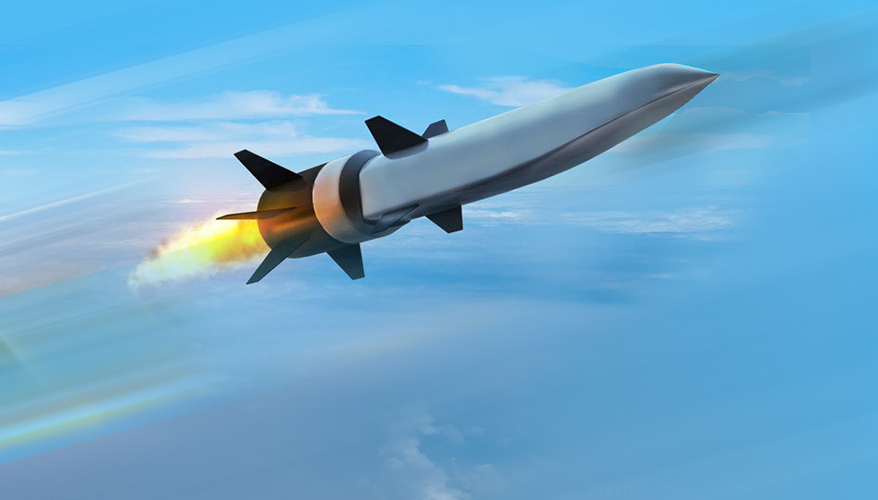
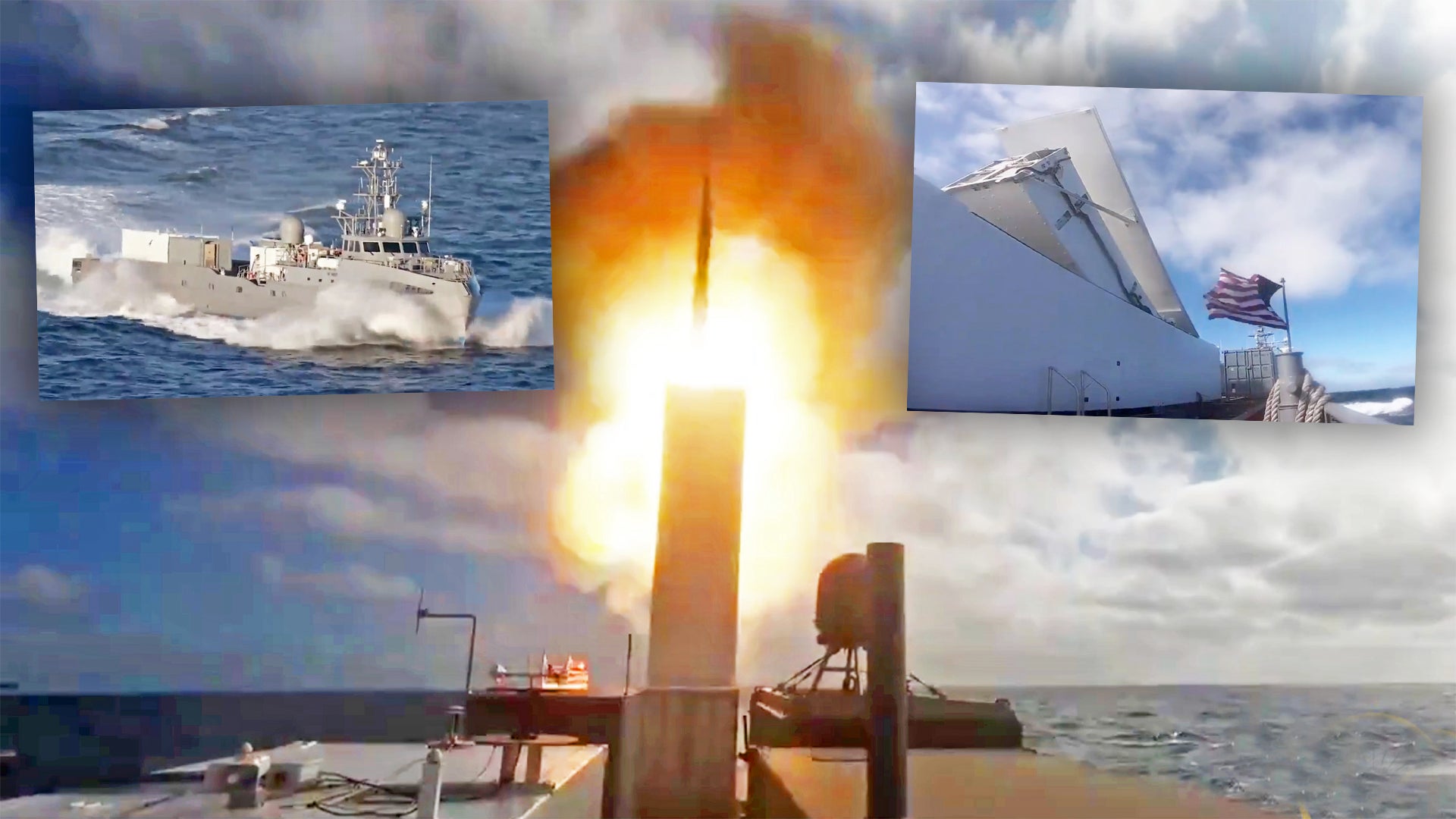

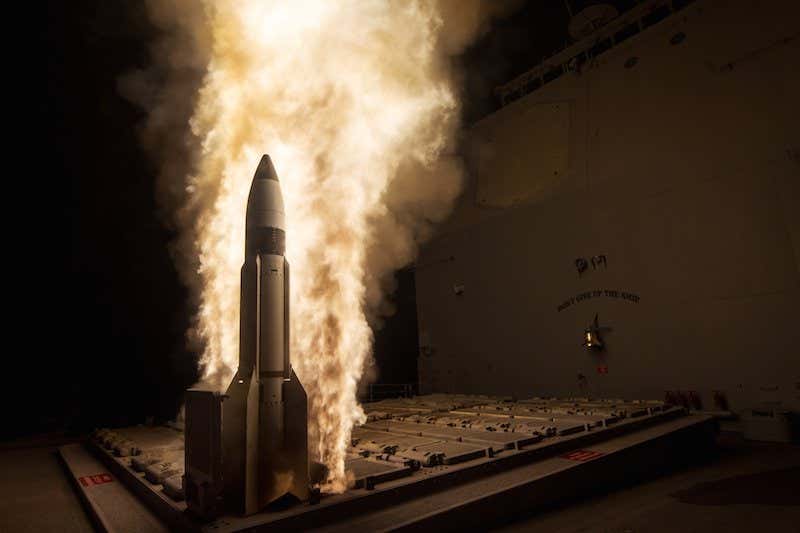

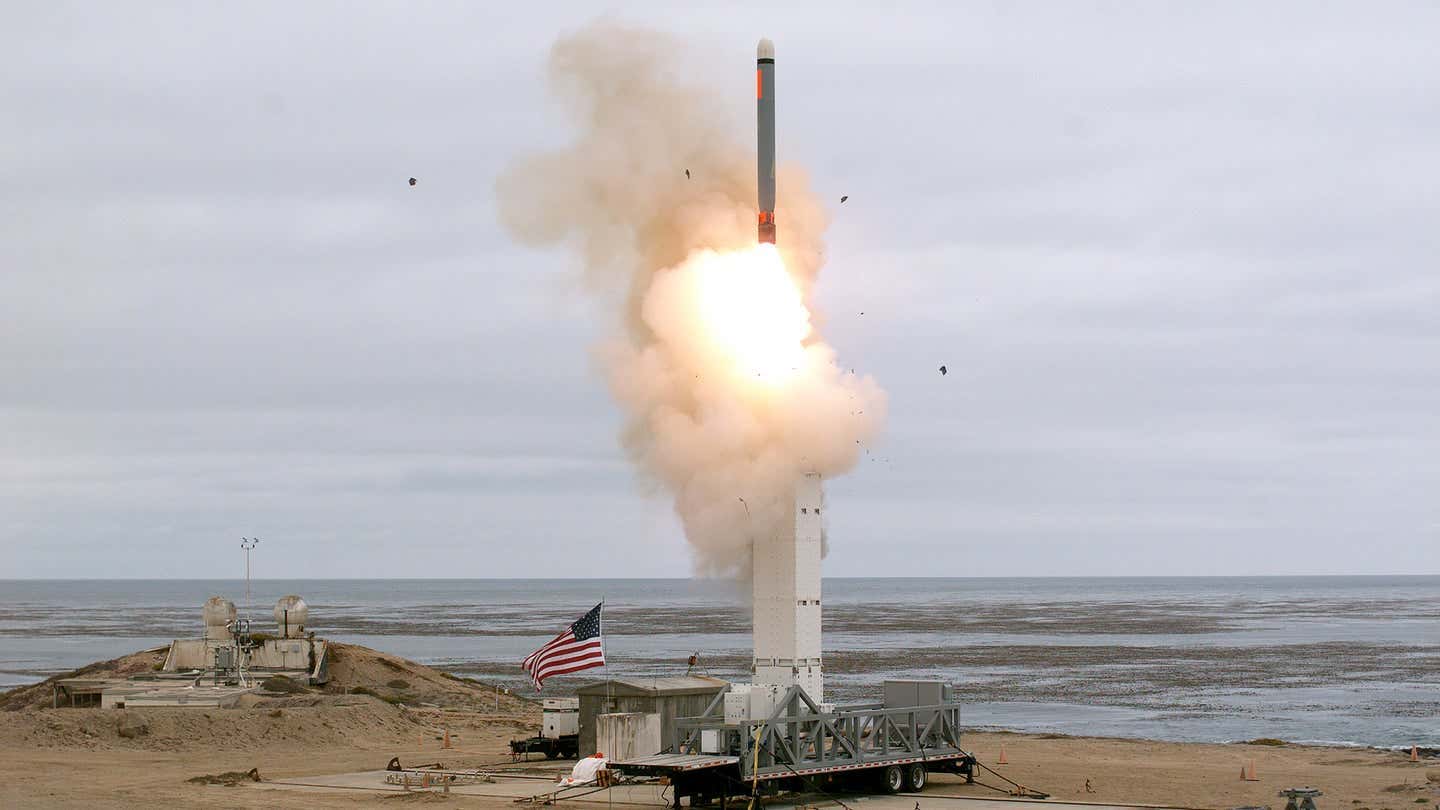
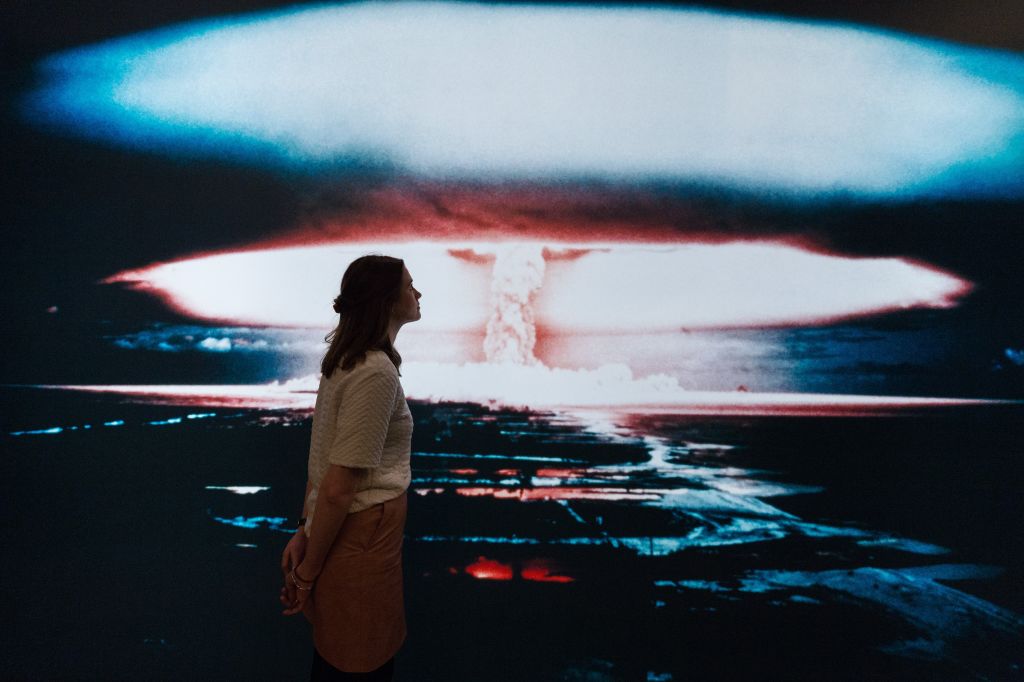


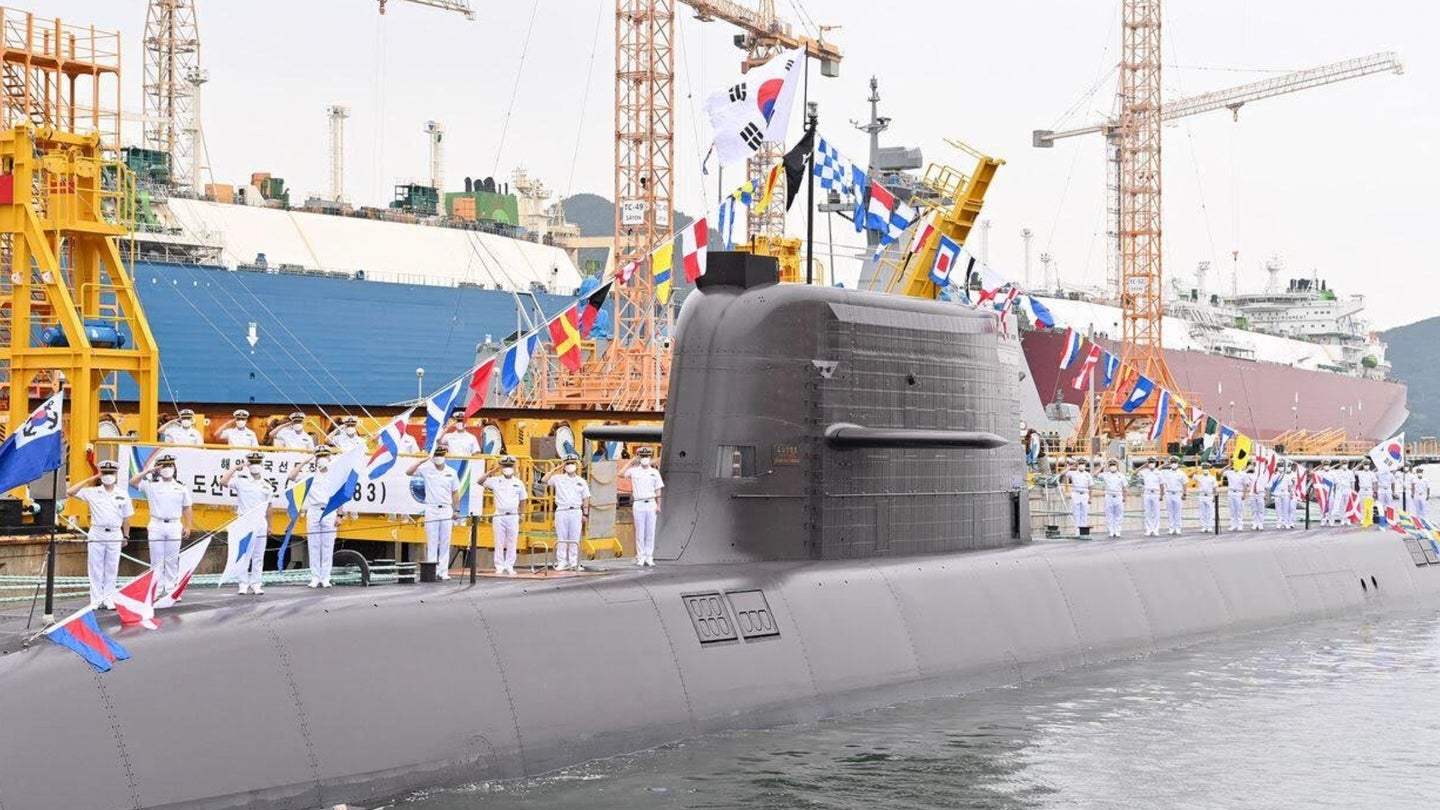
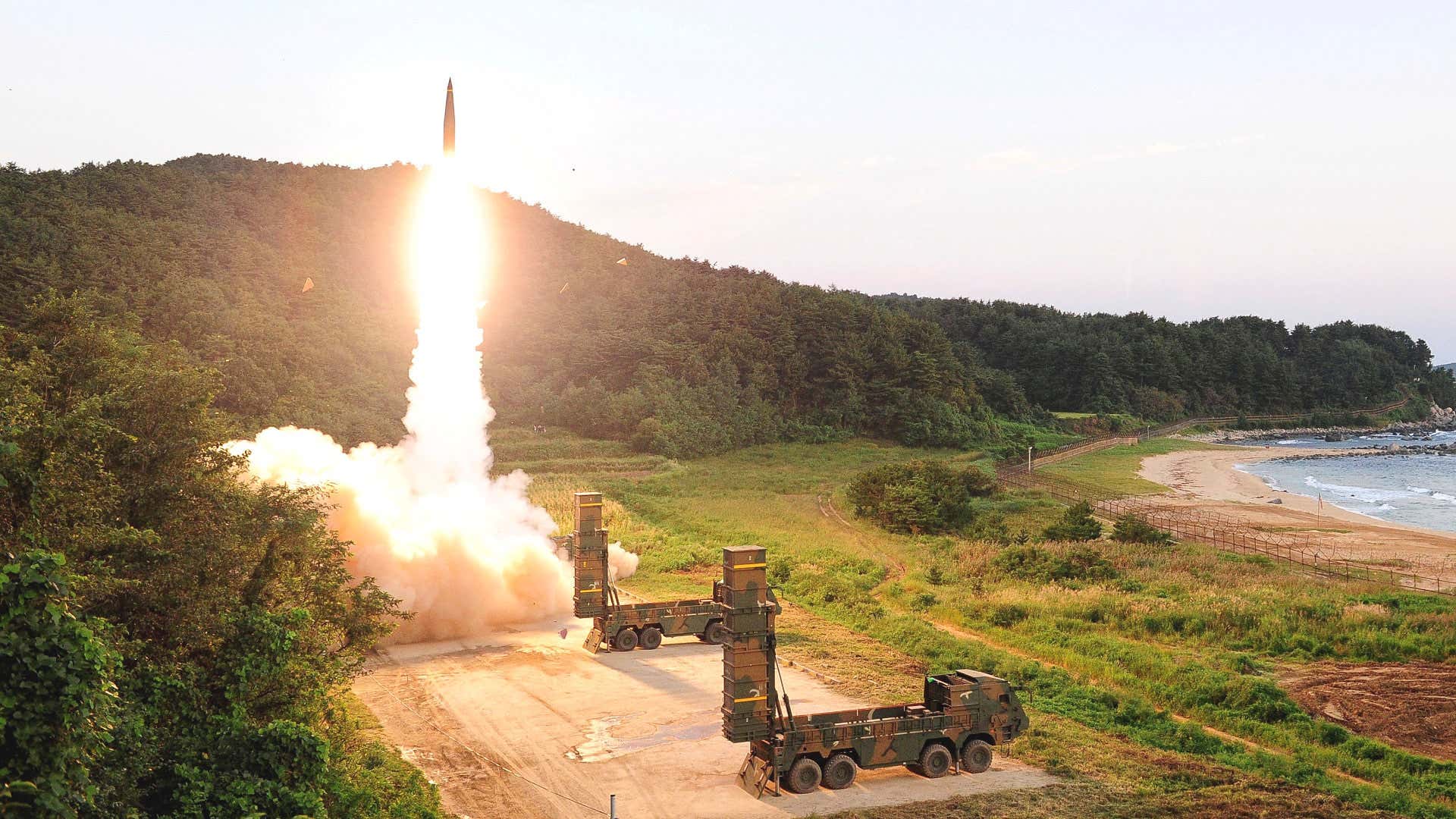
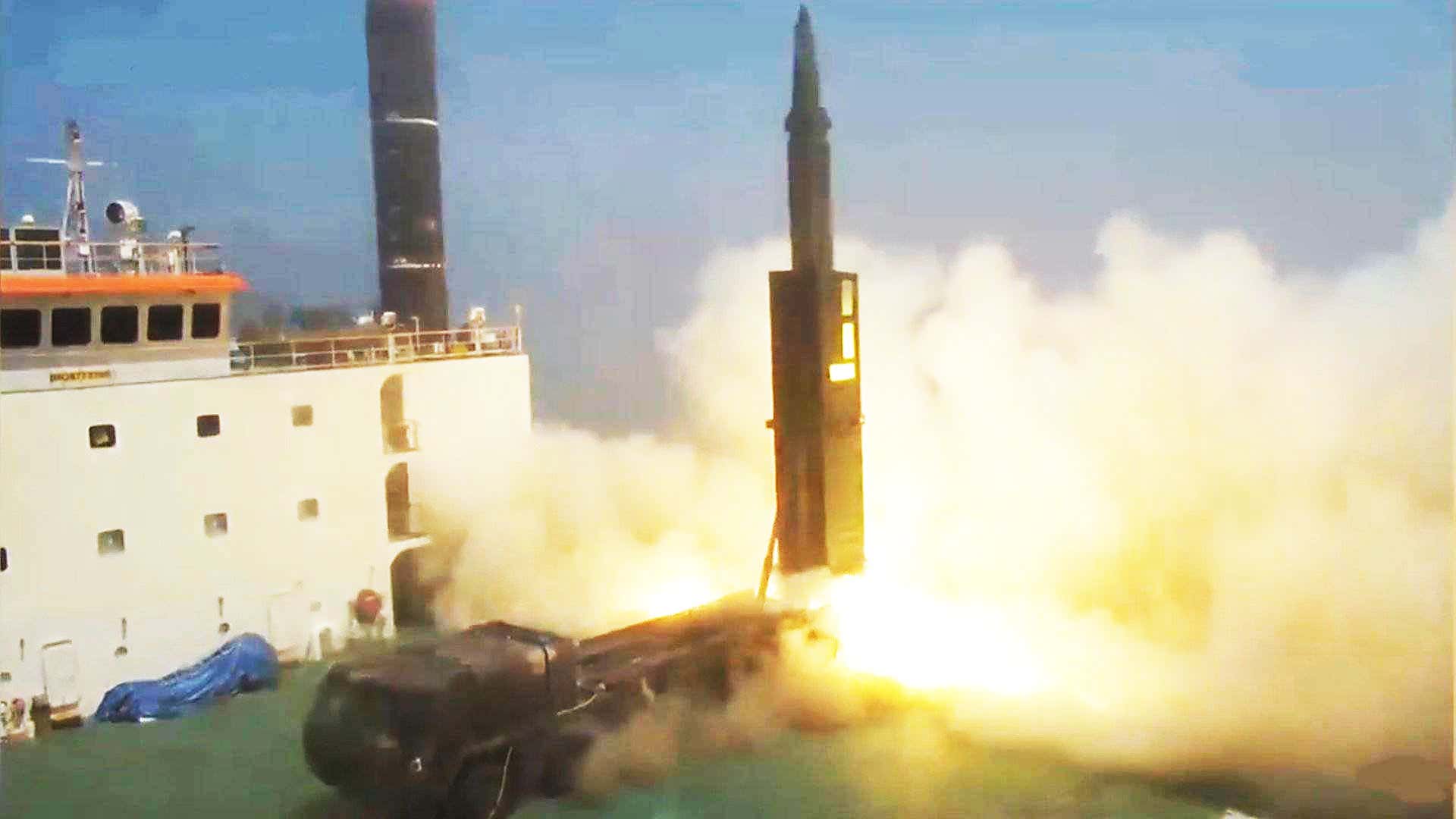
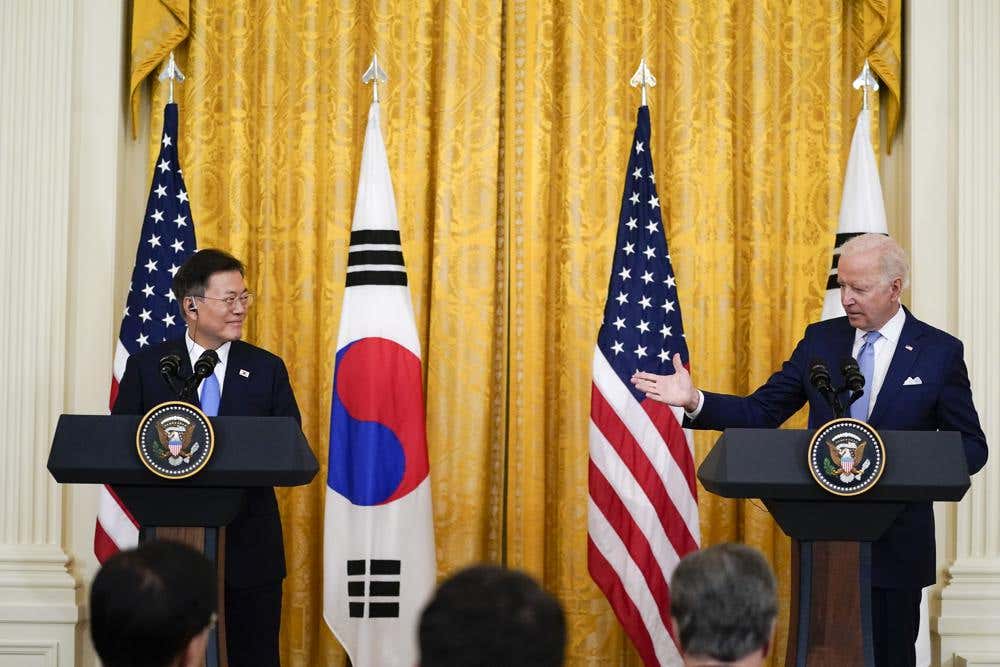
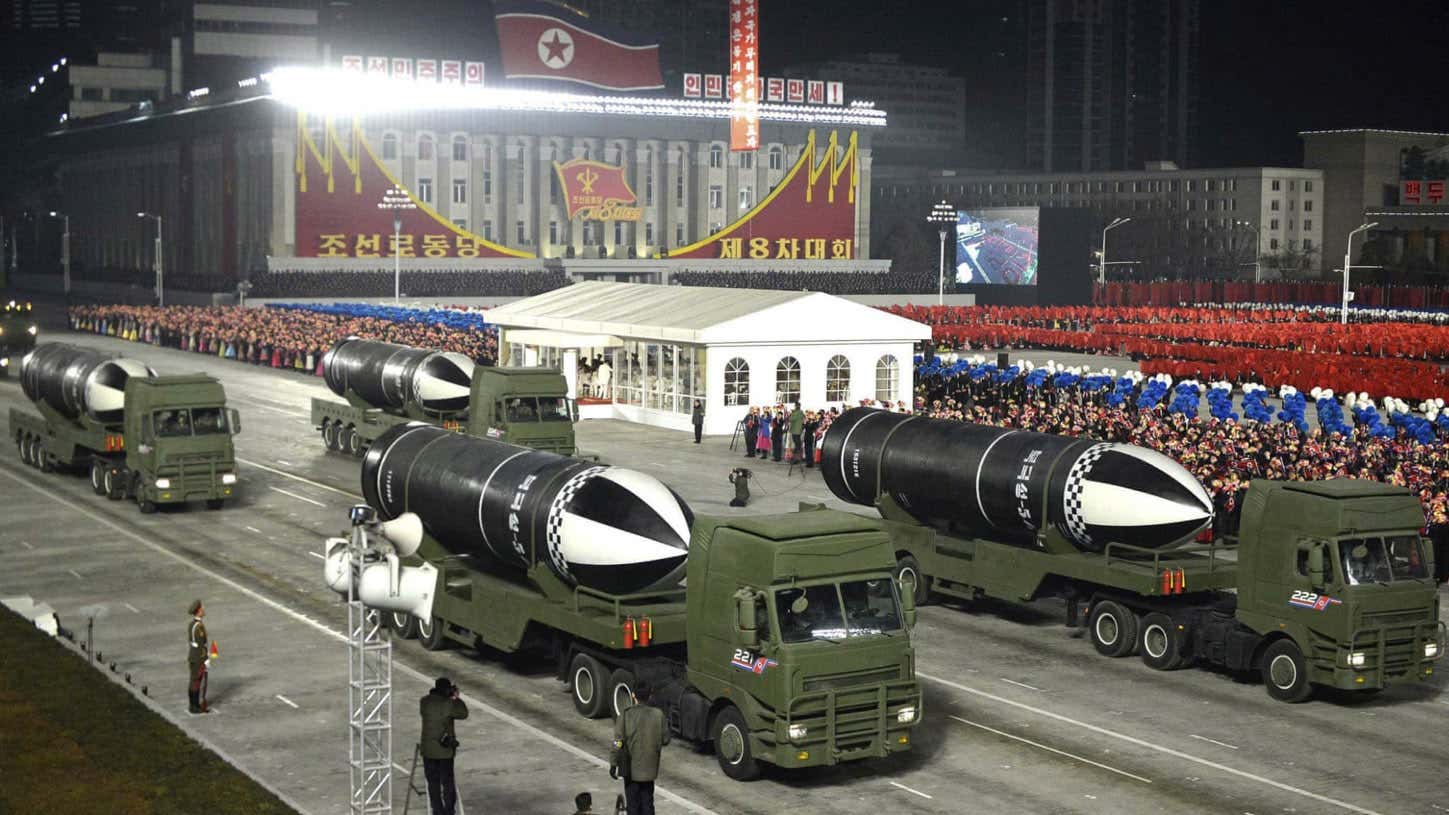





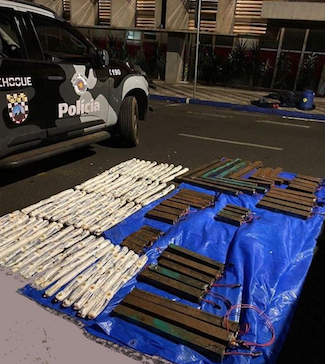
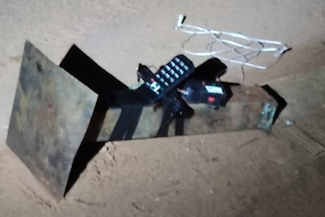
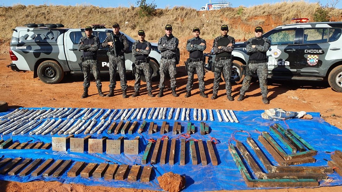
)
/cloudfront-us-east-2.images.arcpublishing.com/reuters/BXAB4OXDO5O4JCNIM5NAK4D3NU.jpg)